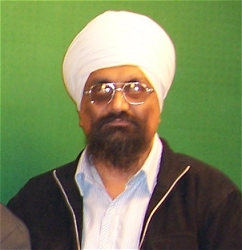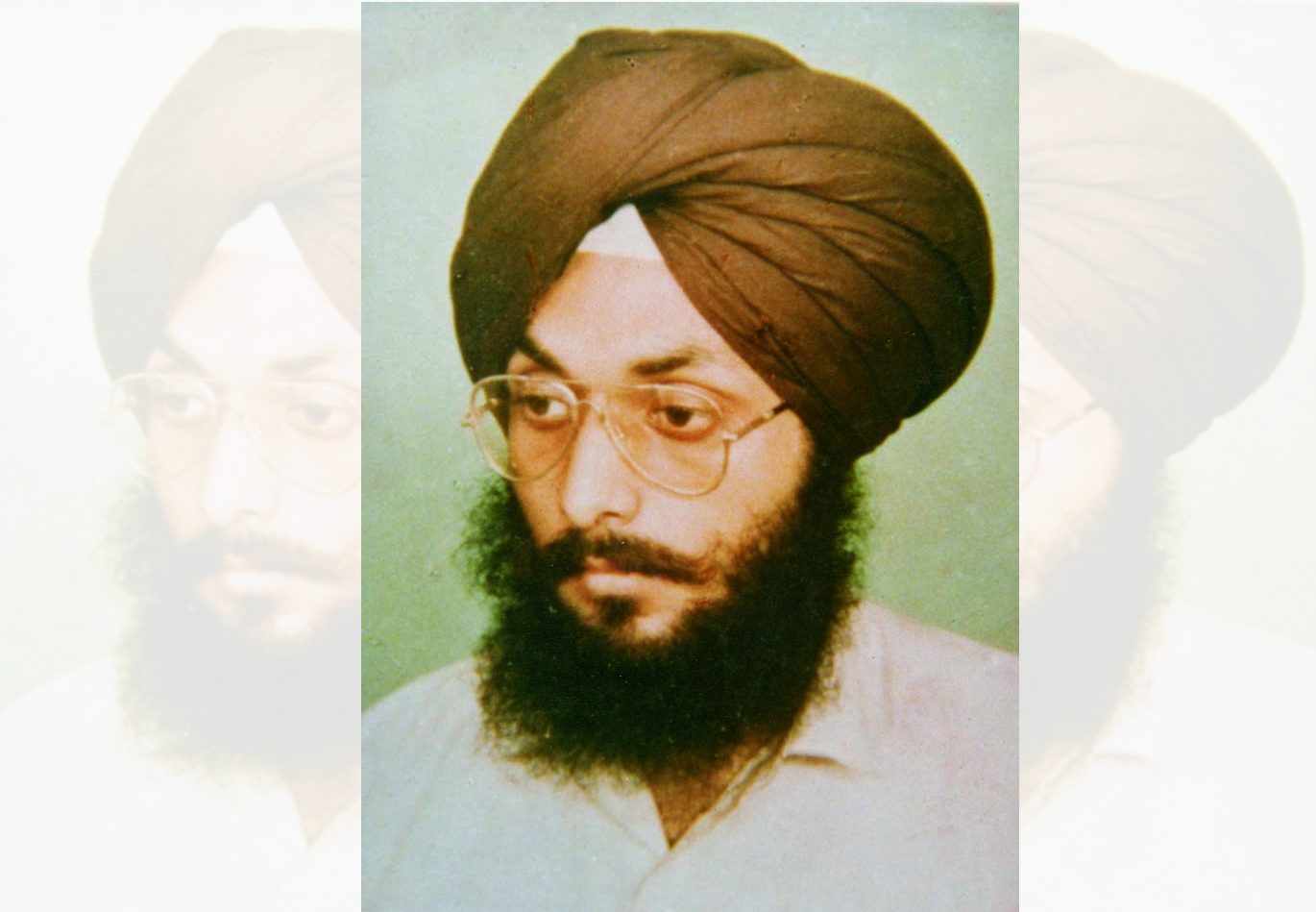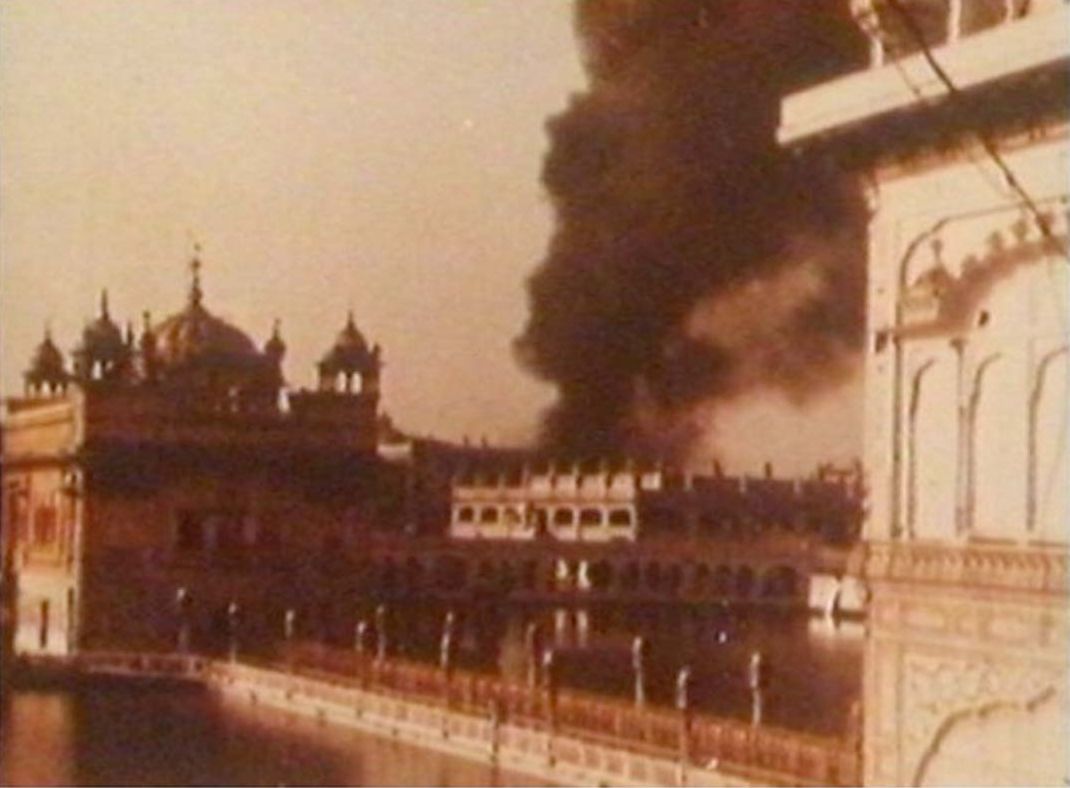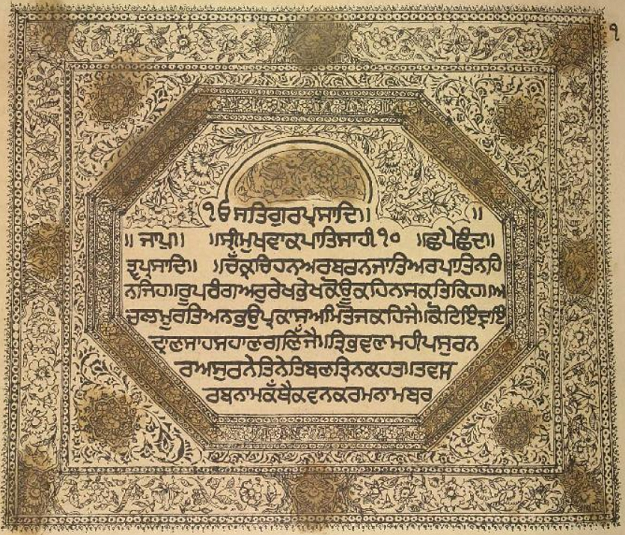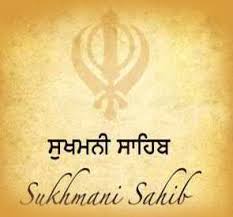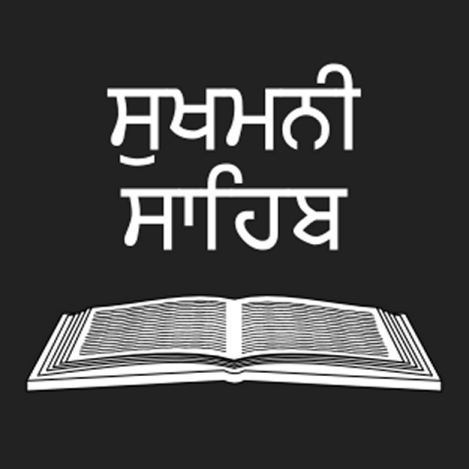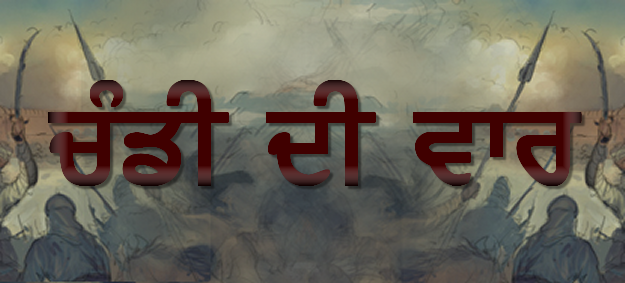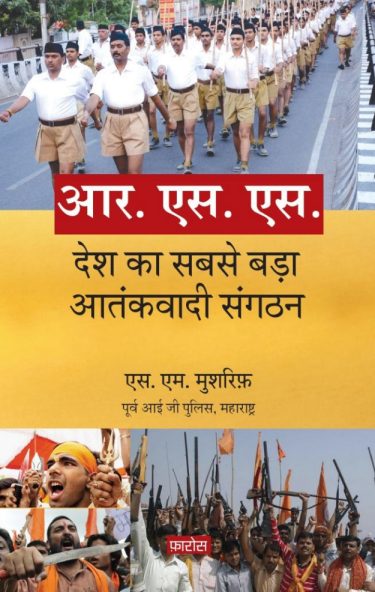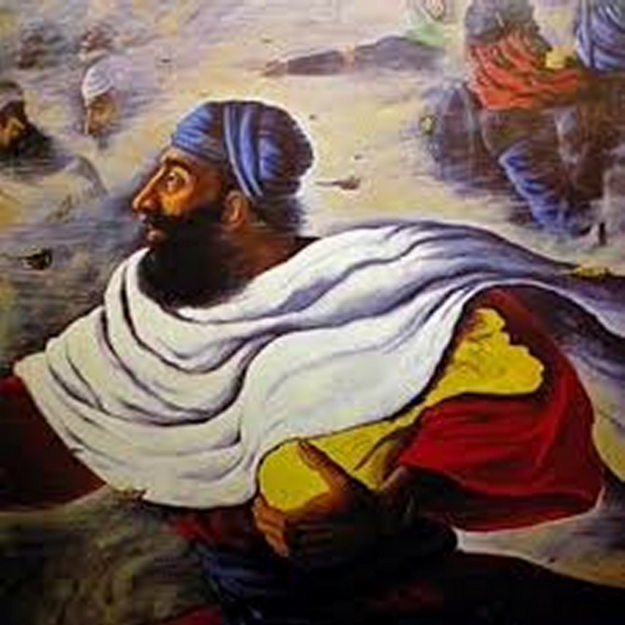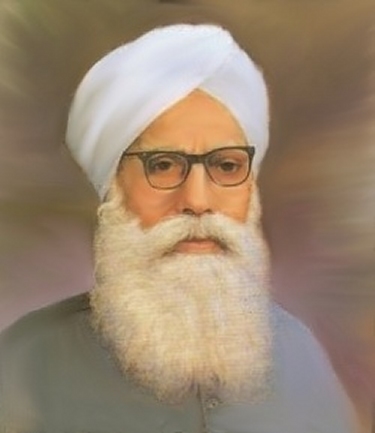
Gurbani Scholar - Grammarian
Professor Sahib Singh (February, 16th, 1892 - October, 29th 1977) was a renowned Sikh academic who made a tremendous contribution to Sikh literature. He was an exceptional grammarian, author, scholar and theologian born in a Hindu family in the village of Phattevali in Sialkot district of undivided Punjab. He was named Natthu Ram by his father, Hiranand, who kept a small shop in the village. Soon the family shifted to Tharpal, another nearby village in the same district.
As a youth, Natthu Ram was apprenticed to the village Maulawi (Muslim teacher), Hayat Shah, son of the famous Punjabi poet, Hasham, upon whom his royal patron, Ranjit Singh, the Maharaja of the Punjab, had settled a permanent jagir.
Winning a scholarship at his middle standard examination, Natthu Ram joined the high school at Pasrur. It was here that he decided to become a Sikh and received in 1906 the rites of the Khalsa. Upon joining the Khalsa panth, his new name was Sahib Singh.
The untimely death of his father made the situation hard for him, yet he managed to plough through first Dyal Singh College, Lahore, and then the Government College, Lahore. At the latter, he obtained his bachelor's degree. In 1917, he joined as a lecturer in Sanskrit at Guru Nanak Khalsa College, Gujranwala.
Reformer and Activist
Now known better as Professor Sahib Singh, he took part in the Gurdwara Reform movement in the 1920s. Appointed joint secretary of the Shiromani Gurdwara Parbandhak Committee in 1921 he was jailed during the Guru ka Bagh agitation in 1922 and then in the Jaito morcha in 1924. In 1927 he returned briefly to his college in Gujranwala which he soon quit to join the Khalsa College at Amritsar. From 1929 to 1952 he remained at Khalsa College producing a succession of learned works and commentaries on the Sikh sacred texts. Retiring from the Khalsa College, Amritsar, after many years of unbroken and luminous scholarly work, he became principal of the Shahid Sikh missionary College. He also worked as principal at the Gurmat College, Patiala.
Professor Sahib Singh was known for his erudition and assiduous pursuit of scholarship. Nearly 50 of his works were published between 1927 and 1977. These included expositions of several of the Sikh sacred texts and his monumental 10-volume commentary on Sikh Scripture, Sri Guru Granth Sahib Darpan, published during 1962-64.
Scholar and Academic
A most original and earlier work was his Gurbani Viakaran, a textual grammar of the Guru Granth Sahib. No exegetical work since the publication of this book in 1932 has been possible without referencing the fundamental principles enunciated in it, especially those concerning the interpretation of vowel endings in inflexions of nouns and verbs. Sahib Singh made a notable contribution to Punjabi prose through his essays on moral and spiritual themes, religious philosophy and issues in history and biography.
Sahib Singh's contribution to Sikh studies and Punjabi letters received wide recognition in his lifetime. The Punjabi Sahitya Akademi, Ludhiana, honoured him in 1970 with a life fellowship, and Punjabi University, Patiala, conferred upon him, in 1971, the degree of Doctor of Literature (honoris causa).
Earlier, the Shiromani Gurdwara Parbandhak Committee made an award to him for his Gurbani Viakaran, and the Government of Patiala and East Punjab States Union honoured him in 1952 noting his services to Punjabi literature.
Scholary Works
Prof. Sahib Singh wrote extensively in Punjabi, but most of his works have now been translated into English, Hindi and other prominent world languages.
Savaiye Sri Mukhvak Maihla 5 ate Bhatta De Savaiye Steek (1930)
Jap Ji Sahib Steek (1931)
Asa Di Vaar Steek (1933)
Sad Steek (1935)
Bhattan de Savaiye Steek (1935)
Sukhmani Sahib Steek (1939)
Khulhe Maidan
Jaap Sahib Savaiye Chaupai Steek (1944)
Dasa Varan Steek (1946)
Salok Te Shabad Farid Ji Steek (1946)
Dharmic Loka (1946)
Gurbani Te Itihas Bare (1946)
Burai Da Takra (1946)
Salok Guru Angad Sahib Steek (1948)
Chanan Munare (1949)
Salok Kabir Ji Steek (1949)
Satte Balwand Di Var Steek (1949)
Gurbani Vyakarn (1950)
Chara Varan Steek (1951)
Dharam Te Sadachar (1951)
Sarbat Da Bhala (1951)
Siddh Gost Steek (1957)
Bhagat Bani Steek Pahila Hisa (1959)
Bhagat Bani Steek Duja Hisa (1959)
Bhagat Bani Steek Tija Hisa (1959)
Bhagat Bani Steek Chautha Hisa (1960)
Bhagat Bani Steek Punjvah Hisa (1960)
Sikh Sidak Na Haare (1962)
Jeevan Britant - Guru Nanak Dev Ji
Jeevan Britant - Sri Guru Angad Dev Ji
Jeevan Britant - Sri Guru Amar Das Ji
Jeevan Britant - Sri Guru Ramdas Ji
Jeevan Britant - Sri Guru Arjan Dev Ji
Sri Guru Granth Sahib Darpan (Dasa Pothiarn) (1965)
Jeevan Britant - Sri Guru Gobind Singh Ji (1966)
Jeevan Britant - Sri Guru Hargobind Sahib Ji
Jeevan Britant - Sri Guru Tegh Bahadur Ji
Jeevan Britant - Sri Guru Har Rai Sahib te Sri Guru Harkrishan Sahib
Gur Itihas Patshahi 2 ton 9 (1968)
Aad Bir bare (1970)
Sikh Sidak Na Hare
Sadachar Lekh (1971)
Simran Diya Barkata (1971)
Barahmaha, Tukhari Te Maajh (1972)
Meri Jeevan Kahani (1977)
Posthumous
Nitnem Steek (1979)
Babania Kahanian (1981)
Bani Maihla 9 Steek (2003)


